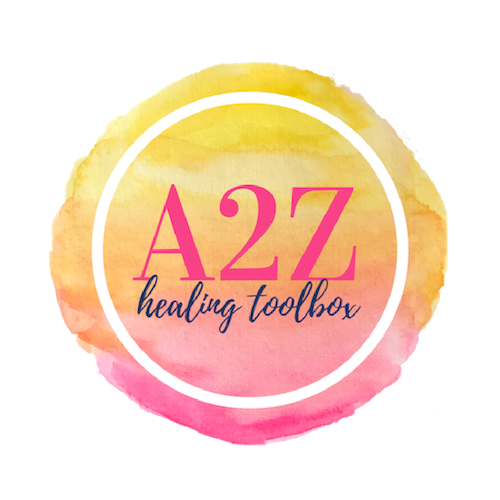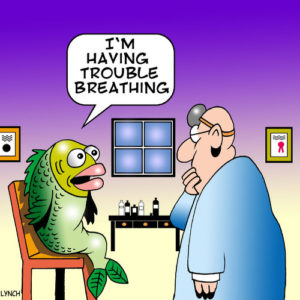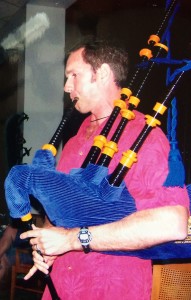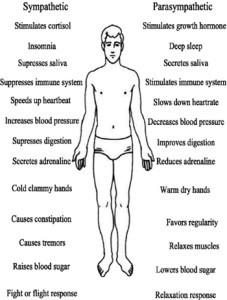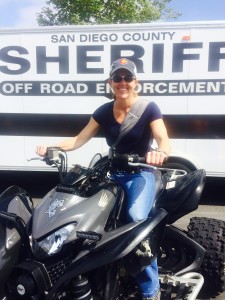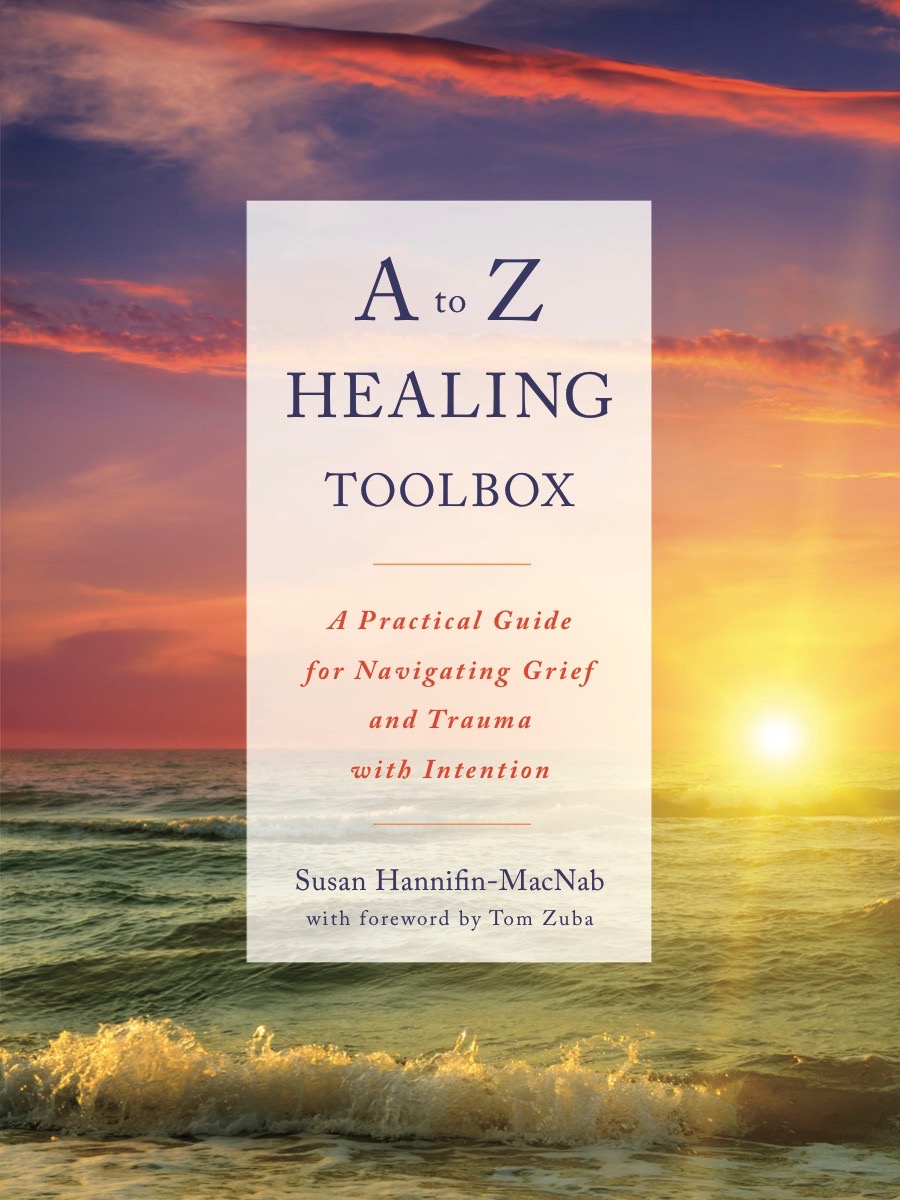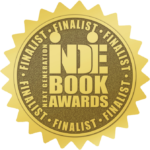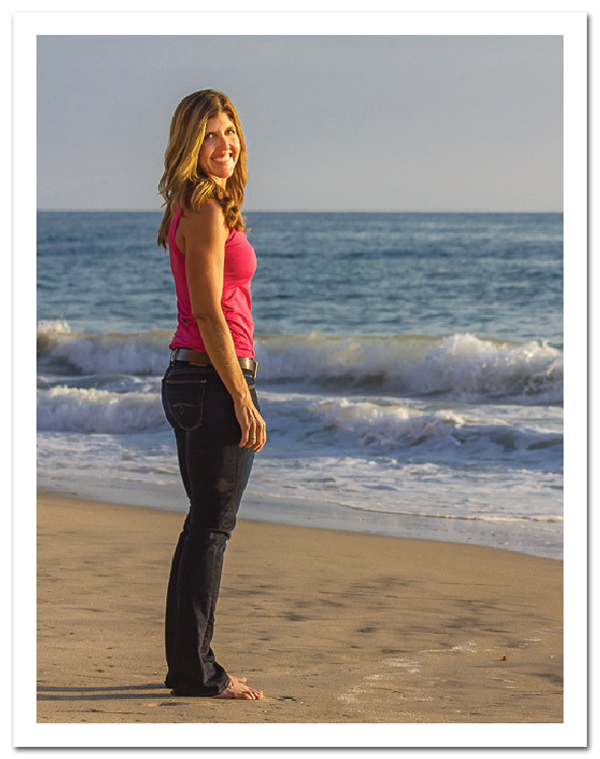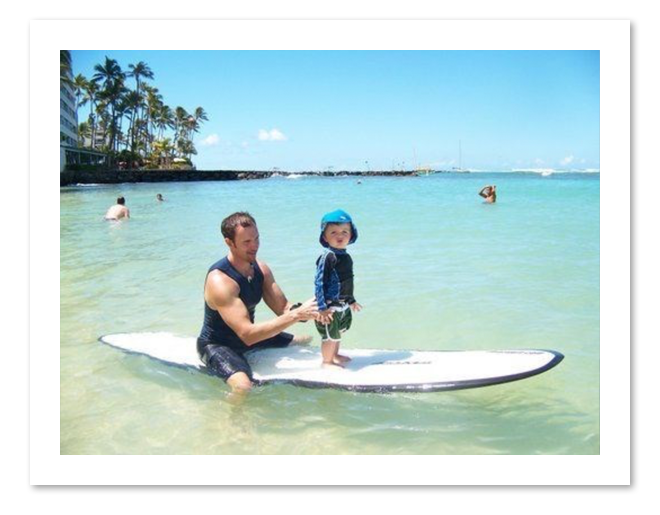“Just breathing can be such a luxury sometimes.”
~ Walter Kirn
It was another beautiful morning on the island of Oahu. In Manoa Valley, a tiny suburb tucked back in the lush tropical hills, the palm trees swayed gently in the breeze, the sweet scent of plumeria flowers wafted in through open windows, and doves cooed softly in the dawn mist. I turned off the 7:00am alarm, rolled over in bed, wondered where my husband had gone, and thought about showering before work. Yet another glorious day in paradise.
And then I heard it.
The sound that could wake a nation.
BBBBBBBBBBBBUUUUUUUUUUUUUUUUUUUUUUUUUUUUUUUHHHHHHHHHHHHHHHHHHHHHHH!!
BAGPIPES.
I jumped out of bed, bolted down the stairs two at a time, and yanked the front door open.
There was my husband, standing in the driveway in his shorts and flip flops, playing his Great
Highland Bagpipe for all the island to hear. What is he DOING?! He NEVER practices at home!! It’s too EARLY!! Is he NUTS?! 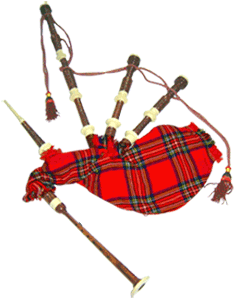
Brent nodded when he saw me but just kept playing. He couldn’t speak to me because his
mouth was busy continually forcing air into the instrument by way of the blowpipe. He was busy keeping a constant supply of air moving over all four reeds that stuck up on top of the bagpipe bag. He was busy applying pressure to the bag underneath his arm, which produced a steady tone from all four drones. He was busy moving his fingers up and down the chanter, giving melody and rhythm to the steady blaring sound.
He was busy trying to wake up the neighbors. On purpose.
As I stood there in the driveway, I saw heads peering out of the windows of three neighboring homes. Danny, the motorcycle mechanic, waved and gave Brent a thumbs up. Bill and Vicky, the psychiatrist and social worker, smiled knowingly and calmly headed off to work. It was the six college students, who rented the third home, who were less than pleased.
And that was the point, apparently.
Over the last few weeks, the students had disregarded everyone and everything on this quiet Hawaiian street. Multiple car engines woke us nightly at 2:00am, drunk people urinated in nearby plants, loud music blared into our homes day and night. Those of us who had full time day jobs were exhausted, irritated and angry. On numerous occasions, we had asked them to quiet down and be respectful- to no avail.
So on final exam week, when all of the college students were studying late into the night, Brent decided to fight fire with fire.
He busted out his bagpipe for an early morning practice.
The sleepy students stumbled out of their doorway in disbelief. BAGPIPES?! At 7:00am?! They called the Honolulu Police Department. When the cruiser rolled into the driveway, the police officer laughed and shook his head. I’m sure this was the most interesting situation he’d seen in awhile. Brent stopped playing, shook hands with the officer like he knew him (turns out he did), then started those pipes right back up again as the officer, still chuckling, got back into his squad car and drove away.
Needless to say, the college students kept a 10pm curfew from that day forward.
And Brent? He could play that bagpipe forever. Just as he played a variety of other unique woodwind instruments- the harmonica, Mexican pan flute, Irish tin whistle, Hawaiian nose flute, and Australian didgeridoo
Honestly. The guy had quite a pair of lungs.
So how very ironic then that when Brent died in 2012, I completely lost my OWN ability to breathe. Excuse me, what happened here? Did he take all of the oxygen with him when he left? Did his own amazing lung capacity override any future capacity of my own? I just couldn’t get any air. I felt suffocated, anxious, panicked and fearful. I COULDN’T BREATHE.
I eventually learned that intense emotional and physical reactions to grief and trauma (see D- Do Your Homework) were causing me to breathe from my chest in a rapid, shallow way. I really WASN’T getting enough air. This type of breathing (or non-breathing!) was further contributing to my anxiety, panic and stress level. As Sheila Patel, Medical Director of The Chopra Center explains,
“When you experience stressful thoughts, your sympathetic nervous system triggers the body’s ancient fight-or-flight response, giving you a burst of energy to respond to the perceived danger. Your breathing becomes shallow and rapid, and you primarily breathe from the chest and not the lower lungs. This can make you feel short of breath, which is a common symptom when you feel anxious or frustrated. At the same time, your body produces a surge of hormones such as cortisol and epinephrine (also known as adrenaline), which increase your blood pressure and pulse rate and put you in a revved up state of high alert.”
(http://www.chopra.com/ccl/breathing-for-life-the-mind-body-healing-benefits-of-pranayama)
As mentioned in the A2Z Toolbox (B- Breathwork) deep, slow, regulated breathing is a powerful way to reverse symptoms of anxiety and panic. Proper diaphragmatic belly breathing activates and stimulates our parasympathetic nervous system (PNS). The PNS allows us to rest, digest, and conserve energy. It also helps us to:
- decrease blood pressure & slow heart rate
- manage symptoms of anxiety & panic
- relax body & mind
- reduce/stop the amount of cortisol (stress hormone) released into the body
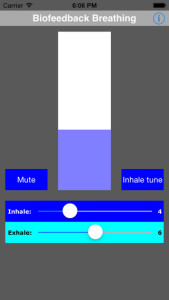 It turns out that there are a multitude of ways for us to RE-LEARN how to breathe. Yoga instructors can assist us in the practice of Pranayama breath, meditation CDs can guide us through deep breathing exercises, therapists can incorporate breath-work into counseling sessions, and we can download free or low cost regulated breathing applications onto our phones (my favorite free one is called Biofeedback Breathing- see image). Even using drinking straws for breathing practice can help us gain control over our nervous system. Please see (B- Breathwork) in the A2Z Toolbox for tools and resources that may resonate with you.
It turns out that there are a multitude of ways for us to RE-LEARN how to breathe. Yoga instructors can assist us in the practice of Pranayama breath, meditation CDs can guide us through deep breathing exercises, therapists can incorporate breath-work into counseling sessions, and we can download free or low cost regulated breathing applications onto our phones (my favorite free one is called Biofeedback Breathing- see image). Even using drinking straws for breathing practice can help us gain control over our nervous system. Please see (B- Breathwork) in the A2Z Toolbox for tools and resources that may resonate with you.
One of the many breathing techniques I researched and tried is called Biofeedback. Biofeedback is a non-invasive technique that teaches us how to bring our Autonomic Nervous System (ANS) under conscious control. The ANS manages many bodily functions that we generally don’t think about- heart rate, blood pressure, muscle tension, breathing. My biofeedback practitioner had me sit down in a comfortable chair in her office as she attached electrical sensors to my fingers, abdomen, head, and chest. Then we watched a computer screen, which resembled a huge heart rate monitor, as it gave us feedback about my nervous system.
We could see 2 wavy lines on the screen:
- Blue line – tracking my heart rate.
- Red line – tracking my breathing.
I could now see on a screen why I had been feeling anxious and panicked for years- my breath was short, labored, erratic, and taking place high in my chest. I was making minimal use of my lung capacity. I decided to participate in six biofeedback sessions (which were covered under my health insurance provider- check yours!) while gently hooked up to computer and electrodes. The practitioner guided me through deep breathing exercises and, with practice, I was eventually able to “match” my breath to the ebb and flow of my heart rate. I have learned to have conscious control over my nervous system, therefore minimizing my symptoms of anxiety and panic.
I have learned to BREATHE again.
No bagpipes or police officers required.
Are you able to integrate more BREATHWORK
into YOUR life as you
RESTORE, RENEW & REBUILD?
As you continue to walk this journey, please know that you are not alone! There are thousands of us (learning how to breathe again) walking alongside you and holding you up with tools, resources, support, love and encouragement along the way.
~ Susan
